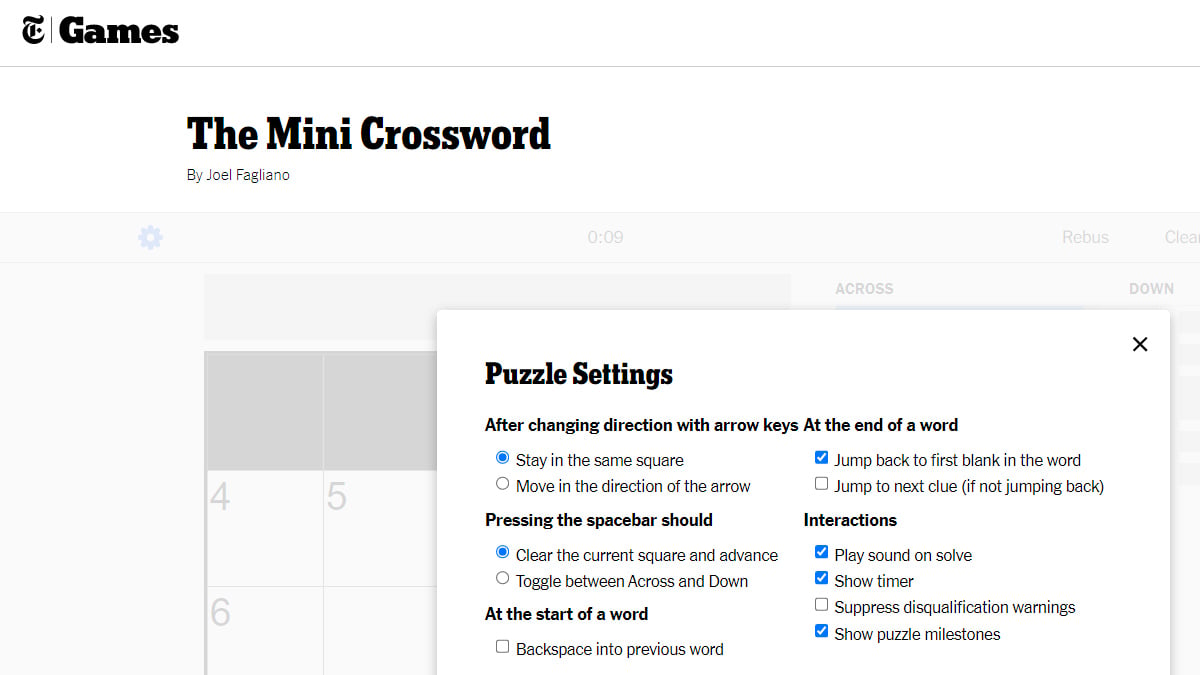Postman Pro Tips: Hidden Features You Never Knew Existed

Table of Contents
Mastering Postman Collections: Organization and Efficiency
Effective organization is crucial when working with numerous API requests. Postman Collections provide a powerful way to group and manage requests, improving efficiency and collaboration.
Creating and Organizing Efficient Collections:
Well-structured collections are essential, especially for large API projects. Imagine trying to navigate hundreds of individual requests without organization – a nightmare! Postman Collections solve this problem.
- Benefits of well-structured collections: Improved readability, easier navigation, simplified testing, and better collaboration.
- Using folders within collections: Categorize requests logically. For example, group requests by API endpoint type (e.g.,
/users,/products,/orders). This dramatically improves the organization of your API requests and aids in quick access. - Utilizing collection descriptions: Add clear and concise descriptions to each collection and folder. This acts as embedded documentation, making it easier for you and your team to understand the purpose of each collection.
- Employing collection variables: Define variables at the collection level to efficiently manage parameters across multiple requests. This reduces redundancy and simplifies updates. For example, you could store a base URL in a collection variable, making it easy to switch between environments.
- Importing and exporting collections: This allows for seamless collaboration and version control. Share collections with team members, back them up, and manage different versions of your API tests.
Utilizing Collection Runners for Automated Testing:
Postman's Collection Runner automates the execution of multiple requests within a collection, saving significant time and effort.
- Automated testing of multiple requests: Execute all requests in a collection with a single click, providing comprehensive testing coverage.
- Data-driven testing using CSV or JSON files: Parametrize requests using external data files, allowing for efficient testing with different inputs. This is perfect for testing edge cases and various scenarios.
- Iterative testing using loops and pre-request scripts: Automate repetitive tasks and enhance testing capabilities with loops and scripting. For instance, create loops to test various user IDs or product categories.
- Monitoring runner results and logs: Analyze the results of your automated tests to identify failures and areas for improvement. The detailed logs offer invaluable debugging information.
Leveraging Postman Environments and Variables for Flexible Testing
Postman Environments are crucial for managing different configurations and settings for your API requests, ensuring flexible and efficient testing.
Understanding and Utilizing Environments:
Environments allow you to isolate test data, ensuring that your development, testing, and production environments remain distinct and independent.
- Purpose of environments: Isolate API keys, URLs, and other sensitive information for different stages of development.
- Creating environments: Set up separate environments for development, staging, and production. This prevents accidental deployment of incorrect data.
- Switching between environments: Easily switch between environments to test API changes in different contexts.
- Using environment variables: Store API keys, base URLs, and other dynamic values in variables to avoid hardcoding sensitive information in your requests.
Advanced Variable Usage and Pre-request Scripts:
Postman's variable system and scripting capabilities allow for advanced customization and control over API requests.
- Global variables: Define variables accessible across all collections and environments for consistent data usage.
- Pre-request scripts: Use Javascript to manipulate variables or perform actions before sending a request. This includes dynamic data generation or complex conditional logic.
- Javascript within pre-request scripts: Leverage Javascript's extensive functionalities to perform intricate operations, calculations, and data transformations.
- Built-in Postman functions: Utilize Postman's built-in functions for easier script development and streamlined testing.
Unlocking the Power of Postman Monitors and APIs
Postman offers powerful monitoring and integration capabilities to enhance your API development workflow.
Setting Up API Monitors for Proactive Monitoring:
Postman Monitors provide continuous API availability and performance monitoring.
- Benefits of using Postman monitors: Proactive identification of API issues, improved uptime, and faster response to outages.
- Setting up monitors: Easily configure monitors to check API availability, response times, and specific response codes.
- Setting up alerts: Configure email or other alerts for failed monitors, ensuring immediate notification of problems.
- Customizing monitor settings: Tailor your monitors' schedules and settings to meet your specific needs and requirements.
Integrating Postman with Other Tools and APIs:
Postman seamlessly integrates with CI/CD pipelines and other API management tools.
- Integrating with CI/CD pipelines: Automate API testing as part of your software development lifecycle.
- Newman command-line tool: Automate testing from the command line or integrate into build processes.
- Integration with other API management tools: Extend Postman's capabilities through integrations with other tools in your development ecosystem.
Collaborating Effectively with Postman Workspaces
Postman Workspaces facilitate efficient teamwork, enabling collaborative API development and testing.
Creating and Managing Workspaces for Team Collaboration:
Workspaces provide a central hub for team members to collaborate on API projects.
- Benefits of using workspaces: Shared collections, environments, and improved communication.
- Creating and managing workspaces: Easily create workspaces for individual projects or teams.
- Sharing collections and environments: Share resources within workspaces to ensure everyone is using consistent data.
- Controlling access with permissions: Manage access to workspaces and individual resources using role-based permissions.
Conclusion
This article explored several hidden Postman pro tips and features to significantly enhance your API testing and development workflow. From mastering collections and environments to utilizing monitors and workspaces, you've learned powerful techniques for streamlining your process and boosting efficiency. By implementing these advanced Postman features, you'll unlock a new level of productivity and precision. Start exploring these Postman pro tips today and elevate your API development game!

Featured Posts
-
 Nyt Mini Crossword Answers May 9
May 20, 2025
Nyt Mini Crossword Answers May 9
May 20, 2025 -
 Nyt Mini Crossword Answers March 8
May 20, 2025
Nyt Mini Crossword Answers March 8
May 20, 2025 -
 Solve The Nyt Mini Crossword March 15 Answers
May 20, 2025
Solve The Nyt Mini Crossword March 15 Answers
May 20, 2025 -
 Ruling Over London Festivals A Dark New Era For Live Music
May 20, 2025
Ruling Over London Festivals A Dark New Era For Live Music
May 20, 2025 -
 Sygklonistiko Epeisodio Tampoy Sto Mega I Sygkroysi Ektora Kai Persas
May 20, 2025
Sygklonistiko Epeisodio Tampoy Sto Mega I Sygkroysi Ektora Kai Persas
May 20, 2025
Latest Posts
-
 Delving Into The Psychology Of Agatha Christies Poirot
May 20, 2025
Delving Into The Psychology Of Agatha Christies Poirot
May 20, 2025 -
 Exploring The Enduring Appeal Of Agatha Christies Poirot
May 20, 2025
Exploring The Enduring Appeal Of Agatha Christies Poirot
May 20, 2025 -
 Agatha Christies Poirot Adaptations And Influences
May 20, 2025
Agatha Christies Poirot Adaptations And Influences
May 20, 2025 -
 The Enduring Legacy Of Agatha Christies Poirot
May 20, 2025
The Enduring Legacy Of Agatha Christies Poirot
May 20, 2025 -
 Manchester United Amorims Forward Signing A Winning Strategy
May 20, 2025
Manchester United Amorims Forward Signing A Winning Strategy
May 20, 2025
